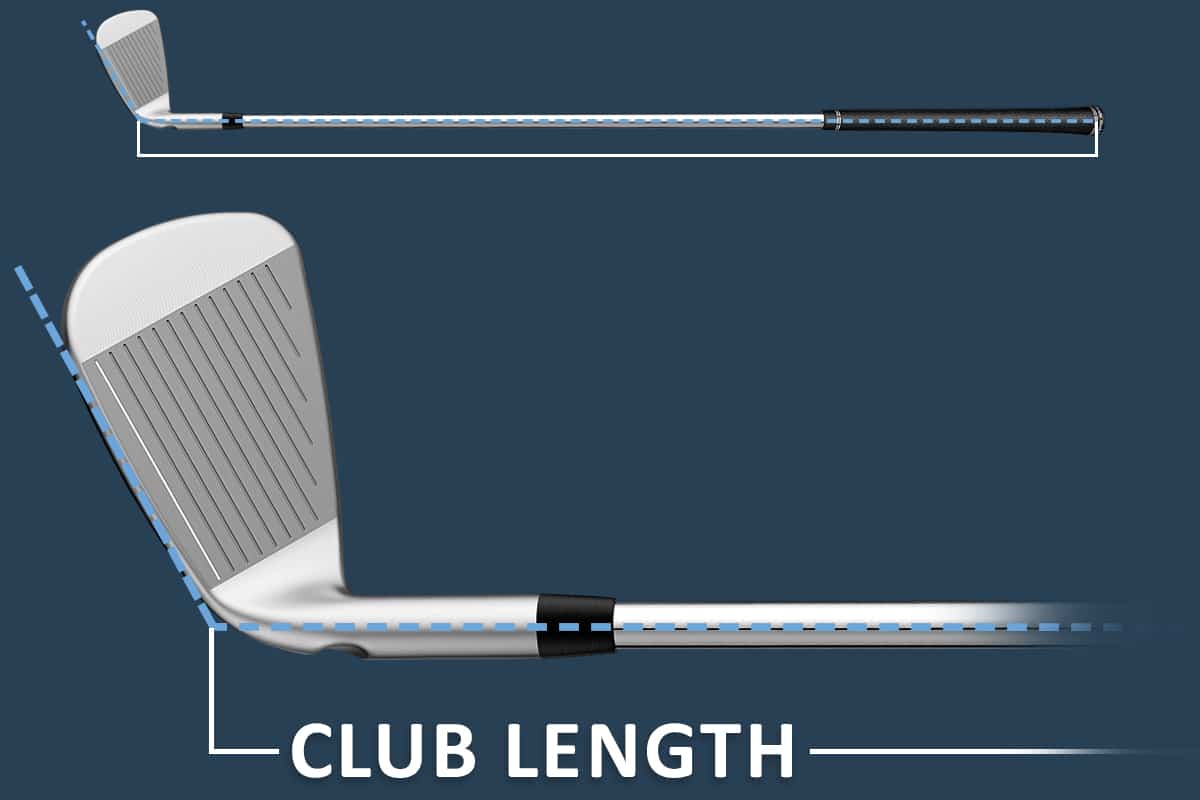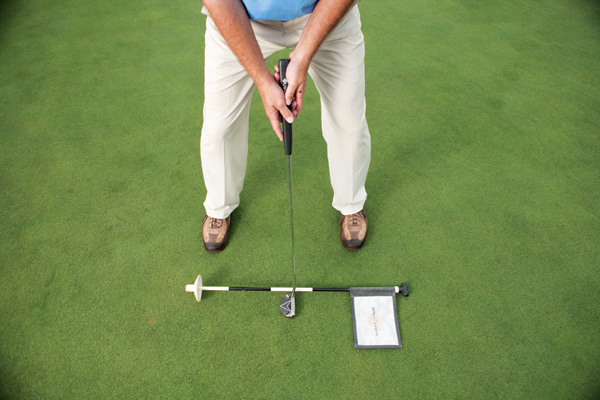
You can improve your game by adding weight to your driver and putting on lead tape. Four grams of lead tape can be added to the length of your club by simply adding four inches. This will improve your game. Choose a high-density lead tape such as Summer House, which is two grams per square inch, or a low-density lead tape like Unique Sports, which only adds half a gram of weight.
Add weight to your golf club
You can slow down your swing by adding weight to your golf club. It will also improve the overall feel of the club. It is also less expensive than buying a new golf club. You shouldn't add weight to your golf club during an official round. Warm up on your driving range before adding weight. Hit at least five to ten balls.
You must find the spot where you can hit the ball best when you add weight to a club. A good place to put the weight is on the heel of the club, which will improve your draw and minimize fade. If you have difficulty adding weight you can add weight at the toe. This will reduce the spin in your draw shot.

Adding weight to a putter
Your putter's stability will be improved and you'll make more precise strokes. Adjustable weights or lead taping are easy ways to add weight. One swingweight point can be added by using a little lead tape. This will allow you to hit the ball further and your putter will swing smoother.
Adding weight to your putter can help you with a variety of putting problems, such as hitting putts off-center or pulling them. You can also use it to improve your line control and distance control. To make your putter even more balanced, you could add a weight to it.
Consider the make and model of your putter. If your putter is a standard length, 100 grams may be too much weight for you. It's important to find a putter with weight adjustability so that you have many options.
Adding weight to a driver
A lead tape driver's weight can be a way to improve your game. Lead tape can be wrapped around your grip to help counter the weight of a driver who has a heavy head. This helps you swing better, and adjusts your center-of-gravity. The effect you want to achieve will determine how much lead tape you need.

A lead tape driver can be made heavier by adding weight. This will make your clubhead weigh three to four more grams. This effect will be achieved with just a few inches. It will also increase the sweet spot of your driver and increase your power. You'll be able take longer shots and the distance to the driver will increase.
It is easy to add weight to a lead tapedriver. You can wrap it around the shaft or underneath the grip. This will offset the swingweight of a driver, so it will feel lighter. It balances the weight and makes it more comfy.
FAQ
What does it take to win points in golf?
Points are awarded based how well a golfer performs in a competition. In golf, there are many ways to score points. One example is that a player can win a tournament simply by scoring more than anyone else. Another option is for a player to finish second in a tournament, and receive half of the prize money that was won. You can also earn points for placing 3rd through 10th. These extra points are called'strokes'.
There are many unofficial events that give points to the top performers, in addition to official competitions. In some cases, a player may be given bonus points if they have previously performed well in a particular event.
What does a good golf swing look like?
Balance is the key to a successful swing on the golf course. Balance means to maintain a steady, balanced movement throughout the body. Your arms should be relaxed and strong when you swing the golf club. Make sure that your shoulders are square to the target line.
Keep your head down during the backswing. Follow through. Swing smooth and without jerking your wrists. When hitting the ball, don't use force. Instead, be fluid and smooth.
How often should I go to the golf course?
It all depends on your time. Most recommend two practice sessions per week.
You should aim to play at least four times a week if your goal is to become an expert player.
Is golfing dangerous?
Although golf is not considered an extremely dangerous sport, it can cause injury. You might break your arm swinging a golf club.
But most injuries occur when you fall off your golf car.
What are the differences between different golf courses?
There are many types of golf courses. Some courses are made for beginners, others for more experienced players.
Some golf courses are close to lakes, rivers, mountains and forests. Others can be found in urban settings. You can find a variety of golf courses from public parks to private estates.
How do I learn to play golf?
Golf is a skill that takes practice and time. It is possible to improve your game with practice. Here are some tips to help:
-
You should practice regularly. Golf requires constant attention and concentration. Golf is a skill that requires constant practice.
-
Play with people who play. Playing with other people helps you develop your own style of play.
-
Before you start playing, make sure to read up on golf. This will help you to understand what you should be working on.
-
Don't try to master everything all at once. Focus on one aspect of the game. Try focusing on one area of your game. For example, you might try to improve your putting or learn how to chip. This will help you feel more confident about your game.
-
Take lessons. Lessons can teach you important things like stance, swing speed, posture, etc.
-
Try new techniques. Try new grips, stances and swings.
-
Keep records. Record your scores and keep track of your progress. This way you can see where you need to improve.
-
Join a local golf club. There are many clubs around that offer free lessons. Many clubs offer free lessons and have helpful members who are willing to help newcomers.
-
Locate a coach. Find a coach who can help you with specific aspects of your game.
Statistics
- In the United States, the number of people who play golf twenty-five times or more per year decreased from 6.9 million in 2000 to 4.6 million in 2005, according to the [51] (en.wikipedia.org)
- Professional golfers typically make between 60% and 70% of greens in regulation. (en.wikipedia.org)
- They do this by means of assessing and rating courses according to the average good score of a "bogey golfer," a player with a handicap of around 20. (en.wikipedia.org)
- They do this by means of assessing and rating courses according to the average good score of a "bogey golfer," a player with a handicap of around 20. (en.wikipedia.org)
External Links
How To
How To Hit A Perfect Bunker Shot
A bunker shot is a type golf shot that you aim at a certain spot on the hole (the green) to ensure your ball does not bounce off the surface. This is done by taking advantage of the slope of the green. This is done to ensure that the ball travels as straight as possible towards the hole.
Playing golf requires you to determine the best line for reaching your target. There are many factors to consider, such as distance from target, terrain and whether the ball must bounce off the ground or fly straight. Weather conditions can also be important.
To achieve a perfect bunker shot, you must first understand its physics. To start, determine whether your bunker shot is going uphill or lower. If you are looking uphill, a drawing board is necessary. If you're facing downhill, you'll need to swing with a fade. Next, figure out how fast your body must move in order to prevent the ball from hitting the green. Measure the angle between the ball's head and the direction it is traveling. Finally, you'll need to know the size of the bunker you're aiming at.
After you have figured out these basics, you can begin swinging. As you would with any other shot, swing hard enough for the ball to go past the club head. But slow enough to keep the ball from bouncing off green. Once you've established the best speed and trajectory, it is time to start your approach. Slowly approach the ball, until you can clearly see the landing zone. Then, take one last look at the ball before releasing it. If everything goes according the plan, you should get a perfect shot at bunker.